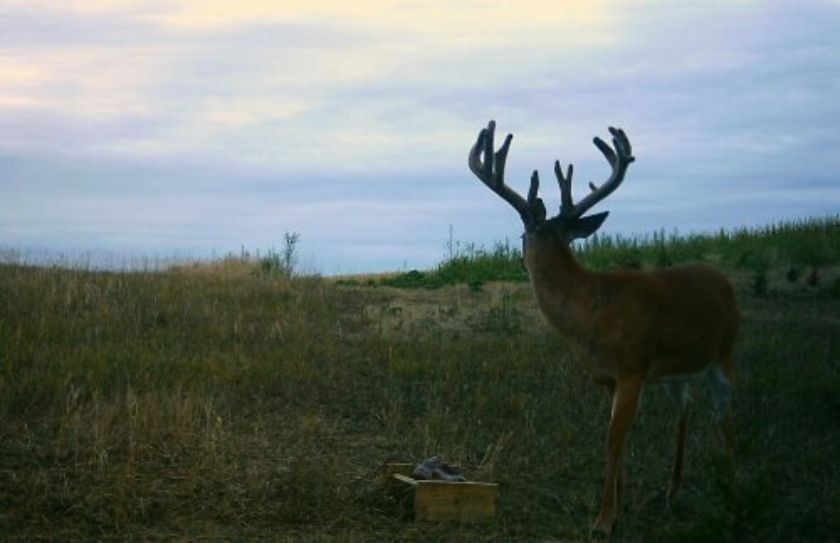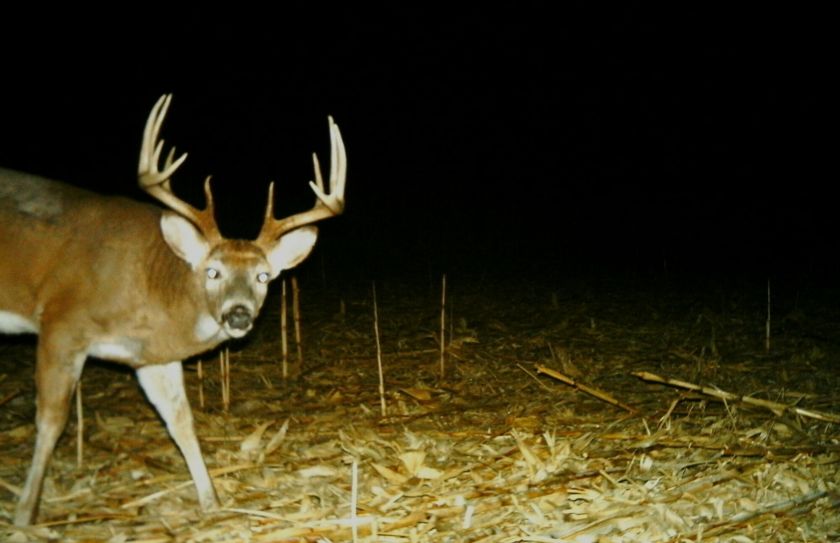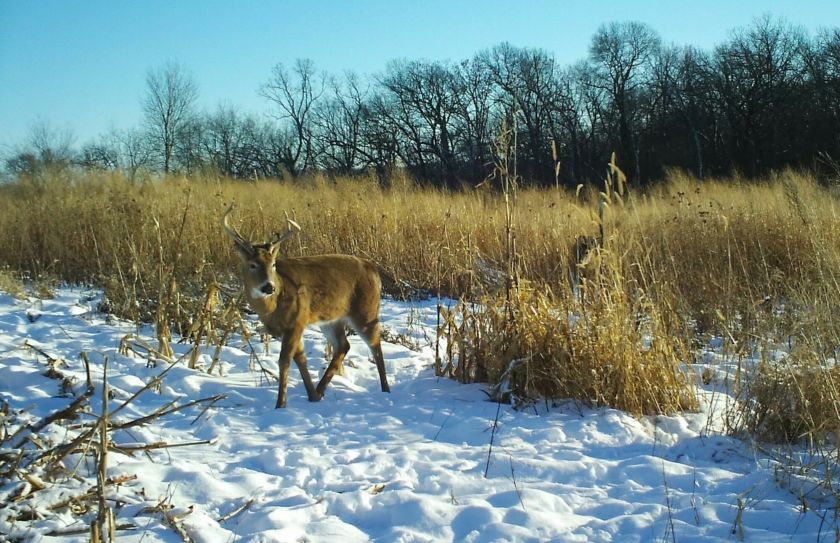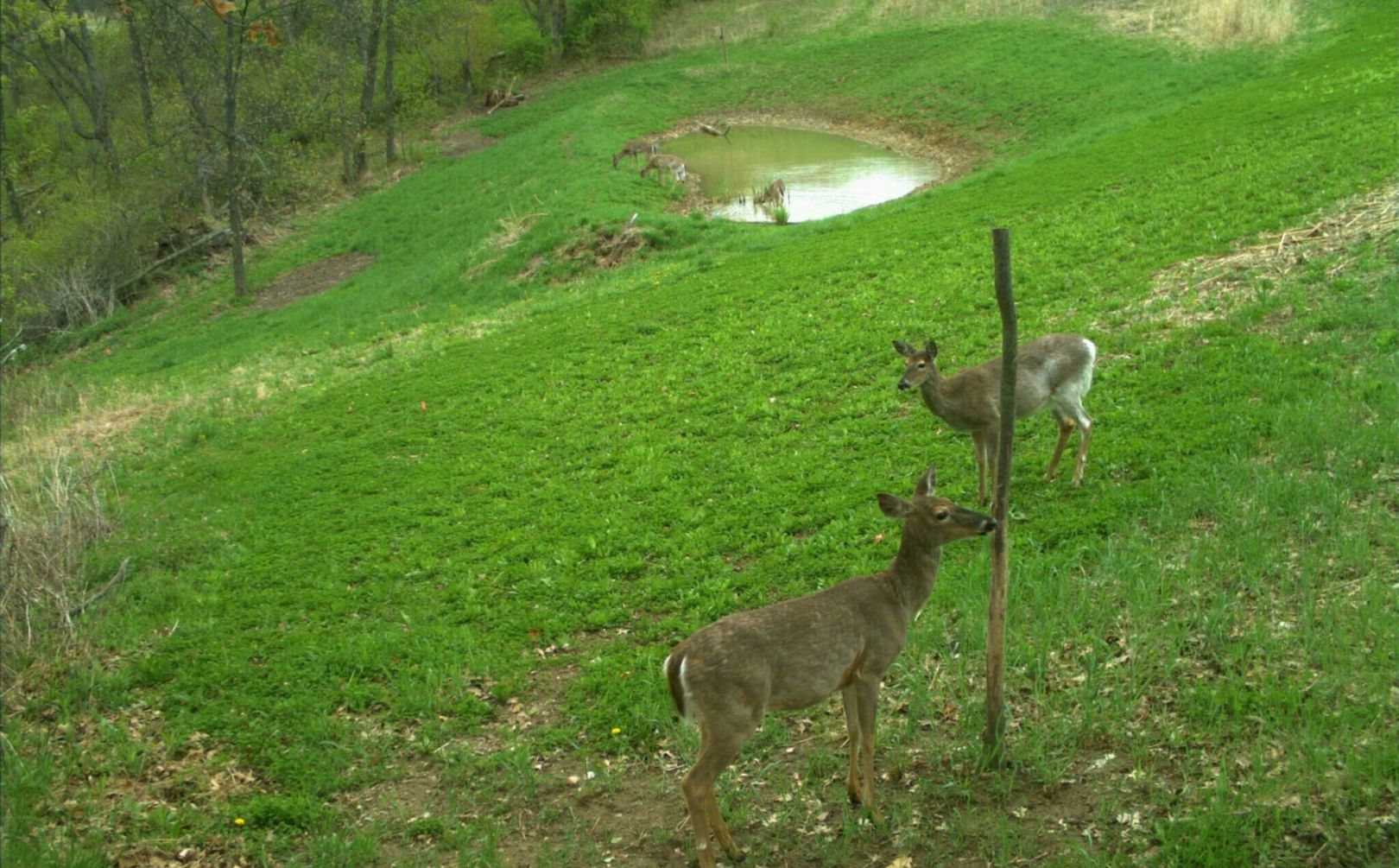
Each year, 10s of thousands of landowners set out to create the best whitetail habitat design that they can achieve, in an effort to produce outstanding deer herds and the high quality hunting opportunities that come with it. Resources of time and money are pushed to the limit, the "spousal patience meter" is strained to a breaking point and the hope of whitetail greatness fills the air. As the years pass goals change. What started out as an effort to find quality deer herd and hunting experiences, turns into an altruistic mission of year-long deer farming. Phrases such as "it's not about the antlers", "I want to help all wildlife" and "the habitat work is more important than the hunt", creep into the psyche of seasoned deer farmers, as the possible forshadowing of inevitiable deer defeat. Each of those phrases are all very valuable and noble focuses, however I will explain why they should be reflected during your journey towards attaining quality herd and hunting success, and not while you are unknowlingly at the end.
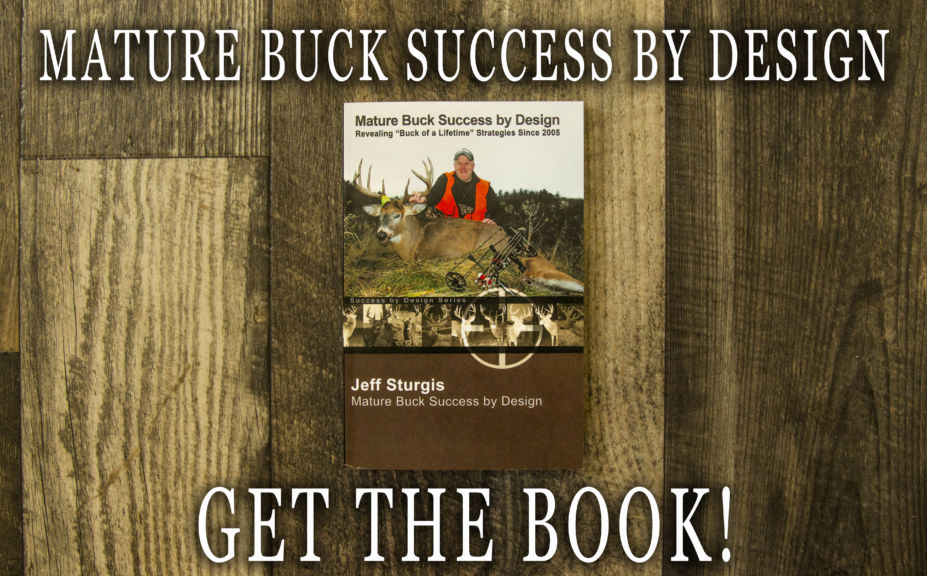
*Don't forget to check out my trilogy of Advanced Whitetail Strategy books, including my latest,"Mature Buck Success by Design".
Creating, planning, planting and managing deer habitat can be a lot of fun! It can become and incrediblely rewarding passion. However, is your habitat plan really paying off? The huge risk of designing and completing deer habitat projects, is that your efforts are headed in the wrong direction. In fact, some of the greatest potential rewards are reflected within the greatest potential risks, including:
1. Over-population of does
2. Poor Sex Ratios
3. Lack of daytime mature buck sightings
4. Difficult Doe Harvest
5. Reduced Buck Age Structure
In a nutshell, a great amount of effort in the wrong direction, can actually leave a landowner with herd and hunting quality levels that are actually lower than when they initially began. But, it can be a deceiving! Great numbers of deer, diverse wildlife populations and a satisfaction of perfectly executed and attractive habitat features can actually cloud the truth from landowners. Although happy deer, habitat fun and abundant wildlife populations are not bad goals to have (in fact they are incredible goals), a landowner can find so much more if their whitetail habitat design is pointed in the right direction.
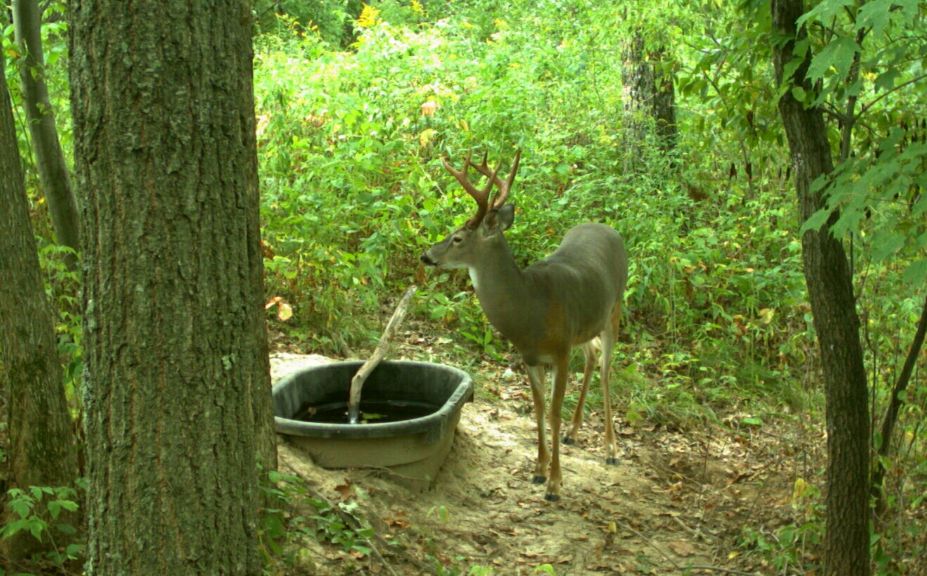
*One way to achieve the 5 signs of a great deer habitat design, is to make sure that your improvements are hidden. To find out why, check out "Hidden Deer Habitat Improvement Opportunities".
1. Balanced Deer Populations
-Are you able to maintain a stable number of does and fawns, per season? Have the number of bucks increased on your land? What are your harvest numbers? Through a quality whitetail habitat design, you should be able to create a balanced deer population that is reflective of populations maintained in balance with the habitat, appropriate sex ratios and an adequate buck age structure. There are two ways to grade your efforts, including:
*During the entire season, your number of bucks viewed by SD card or while hunting, should be close to the total number of does and fawns that you can guesstimate are living on your land. For example on my parcels in the UP of MI and SW WI, my doe family group to buck number ratios have been roughly 15:15 and 30:30, respectively.
*If you are maintaining a stable base number of deer, your harvest ratios will fall somewhere around 2 does for every buck harvested. This number could fluctuate greatly depending on the season and neighboring influences, but in my experience a great herd and hunting design for a small parcel will create an average around 2 does for every buck, over the years.
2. High % of Daytime Buck Pictures Versus Nighttime
-Is it possible to have more pictures of mature bucks in and around daytime hours, than after dark? It sure is, and a great whitetail habitat and hunting plan will create a ratio that reflects at least a number that is close to equal. Doe family groups are easy to attract and hold on your land, but mature bucks are a much lower hole in the bucket of habitat management. Mature bucks have to live somewhere during the day and if they are on or close to your land, the pictures will reveal that fact.
3. Easy Doe Harvest
-Does are like a crop of apples. When it is time to harvest, they should be easy pickings. On the otherhand mature bucks offer a much more difficult task, within a 1 on 1 pursuit of strategy and risk management. If your whitetail habitat design -and hunting efforts- are doing well, the individual doe family groups on your land should be traveling the same patterns of food and bedding, all season long. In fact, as the season progresses they should become even more locked into their patterns, which makes them highly succeptable for harvest. If the does on your land are difficult to target, then the habitat strategy, hunting tactics or both, need to be adjusted.
4. Parcel Is Peaking In November
-Great deer herds are built during the middle of the most intense portions of the hunting season. Often deer have traditional Wintering grounds that keep them safe and secure for the months of February through April. Also, it is difficult to improve on a whitetails health during the Summer (with the exception of the arid Southern regions of the Country). However, the period of time during the hunting season is definitely the lowest hole in the bucket for whitetail habitat, herd and hunting management. A deer season peaking whitetail habitat design will often reflect increasing deer numbers through the end of the season as food, cover and security become greatly lacking. If your deer numbers remain stable or increas, great job! If the deer numbers on your land decrease, you are missing great opportunities to improve the health of the herd and hunt.
5. Opportunity For Influence All Season Long
-The best whitetail habitat parcels are herd and hunting influencers all season long. Not just during the rut, but for the entire season. Often, a parcel of 40 acres or more can positively (or negatively) influence the biological dynamics of a healthy herd for an entire neighborhood the size several hundred acres or more. Doe family groups are the easy part; plant it, grow and have a lot of it, and they will come. However, creating balanced herds that include adequate buck age structures, appropriate sex ratios and the ability to raise or lower deer numbers as needed, takes more than being a 2 week wonder. One of the best signs that your whitetail habitat design is working, is if you have quality hunting opportunity with a few of the older bucks in the neighborhood, for at least 75% of the season.
Your cameras don't lie. Bucks that frequently visit your land during the middle of the night are pretty tough to influence, protect or shoot when the bulk of the day is spent on someone else's land. Bucks -even mature bucks- still move and feed 5 times per day. Rarely are mature bucks truly nocturnal. In fact, most scientific studies reveal that mature buck movements are greatest sometime around dawn and dusk. If you aren't experiencing those movement on your land, even though mature bucks are present in the neighborhood, then there is some work to do. However, if your land is producing mature buck movements for at least 75% of the entire season, then not only will you be able to have the opportunity for a high level of hunting season success, but you will have the opportunity to truly be a herd influencer.
Be sure to check out some of the great whitetail strategy videos in our library!
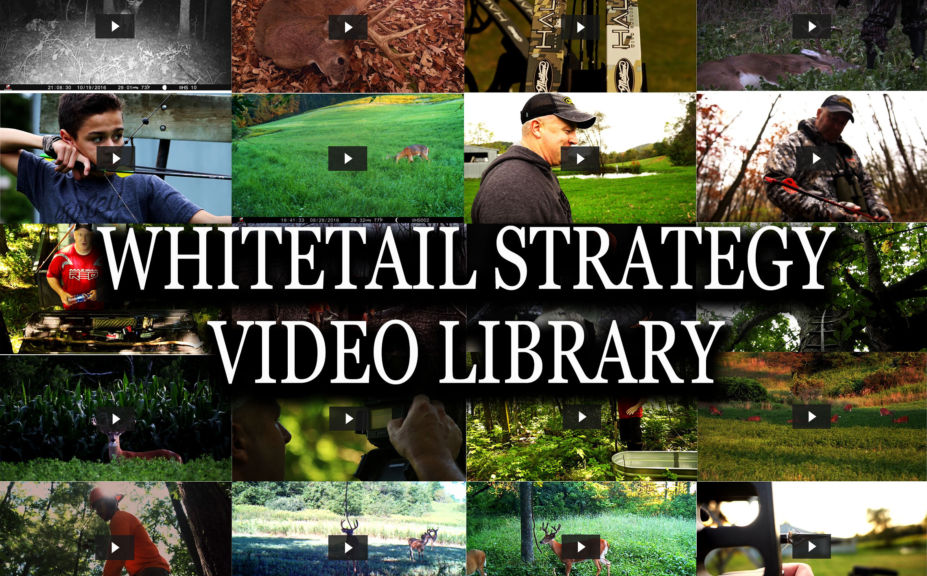
How Is Your Whitetail Habitat Design Performing?
Here are 3 rewarding revelations of whitetail deer habitat and hunting management, that I have personal experienced:
*It's not about the antlers *A great whitetail habitat plan helps a very diverse number of wildlife populations *Along the way, you may find that creating deer habitat is sometimes even more rewarding than the hunt
However, quality catch phrases aside, if your design is headed in the right direction you should be enjoying the above 5 signs as a reflection of the fruits of your labor. If you are putting in the time, make sure along the way that you are creating a habitat and hunting design that carries the influence of its true potential. Results count too! Although you may be limited due to neighboring parcels, hunters and resources, there is always a certain amount of potential that can be realized. By taking a good hard look at the signs of a great habitat and hunting design, you can use this year to not only realize that defeat is not at hand, but that high level results are there for the taking, during your habitat journey.
